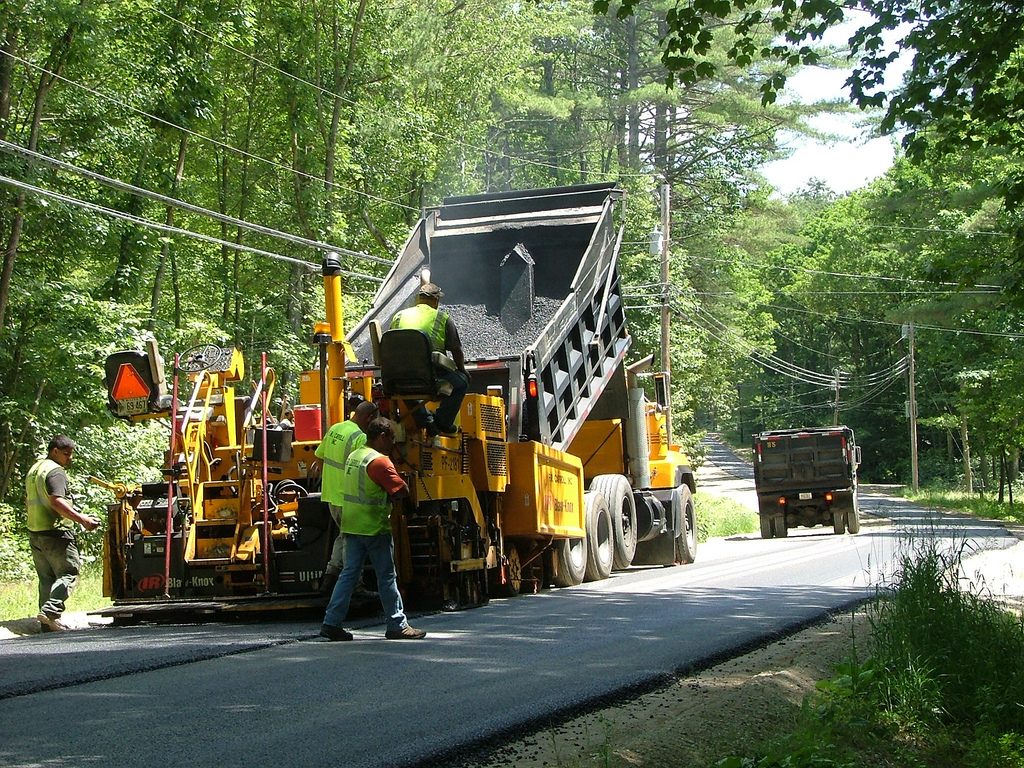No one likes old pavement. It wreaks havoc on vehicles, jars visitors and looks unattractive. Fortunately, Brick Township paves entire neighborhoods each year – but each time Shorebeat runs a story (as we did earlier this week) on a paving project, readers write in to question why a particular street was one of the chosen ones in a particular year.
Different towns handle paving schedules in different ways. In recent years, Brick has shifted its system that determines paving priorities to one officials believe is more responsive and cost effective than the past.
“Our process for determining the roads to be paved in any given year is an ongoing evaluation that includes Engineering and Public Works,” said Joanne Bergin, Brick’s business administrator.
|
|
In the past, the township would contract with a consulting firm that would charge a fee to analyze the township’s streets and produce a priority list. Problems with the system began to creep up, however, given Brick’s 780 lane miles of roadway. Over the years, some roads would deteriorate faster than others.
The new system, Bergin said, takes data from a number of sources, including complaints from residents about pot holes and road conditions.
“We evaluate using a combination of data in our complaint system which includes calls from residents for potholes and other road-related issues, as well as direct observation from our engineering and road crew employees who are most often in the field noting conditions,” Bergin explained.
“We have found that paying an outside firm to complete an analysis is costly and becomes outdated very quickly, so our current system helps us better evaluate current conditions,” she added.
Employees determine which roads should be paved during a given year, and begin planning the project, officials have said. Generally, according to Bergin, projects are designed a year in advance, then funded in the next year’s capital budget.
Most often, neighborhoods are completed as a whole or in large parts at once because projects get costlier if equipment has to be moved. Last year, Mayor John Ducey introduced a new “isolated streets” paving program to address streets in town that are in poor condition but have no poor neighboring streets. Paving for all of the isolated streets was included under a single contract that was put out to bid.
Whether or not an individual street gets repaved or not, in a given year, is never a guarantee. A paving project is often an expensive venture. Last year, Mayor John Ducey estimated it would cost $162 million just to pave the roads in Brick that have not been repaved over the last decade.

Advertisement

Police, Fire & Courts
Teacher From Brick, 36, Charged With Carrying on Affair With Student
Brick Life
Adult Autism Transition

Police, Fire & Courts
Teacher From Brick Charged in Another Sex Affair With Student









